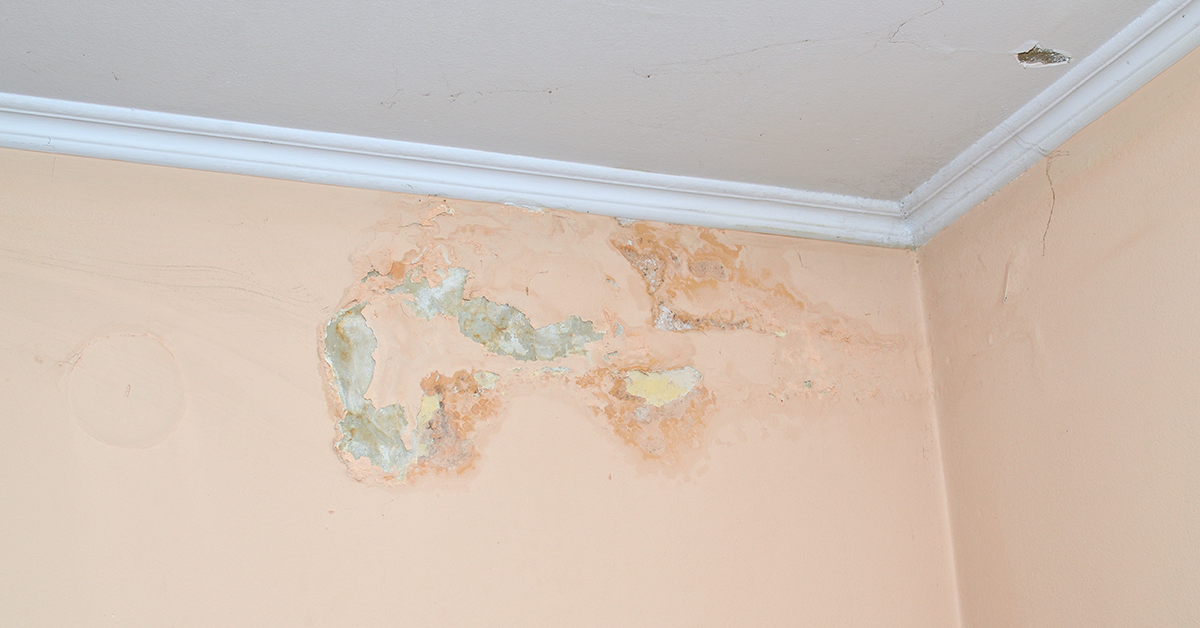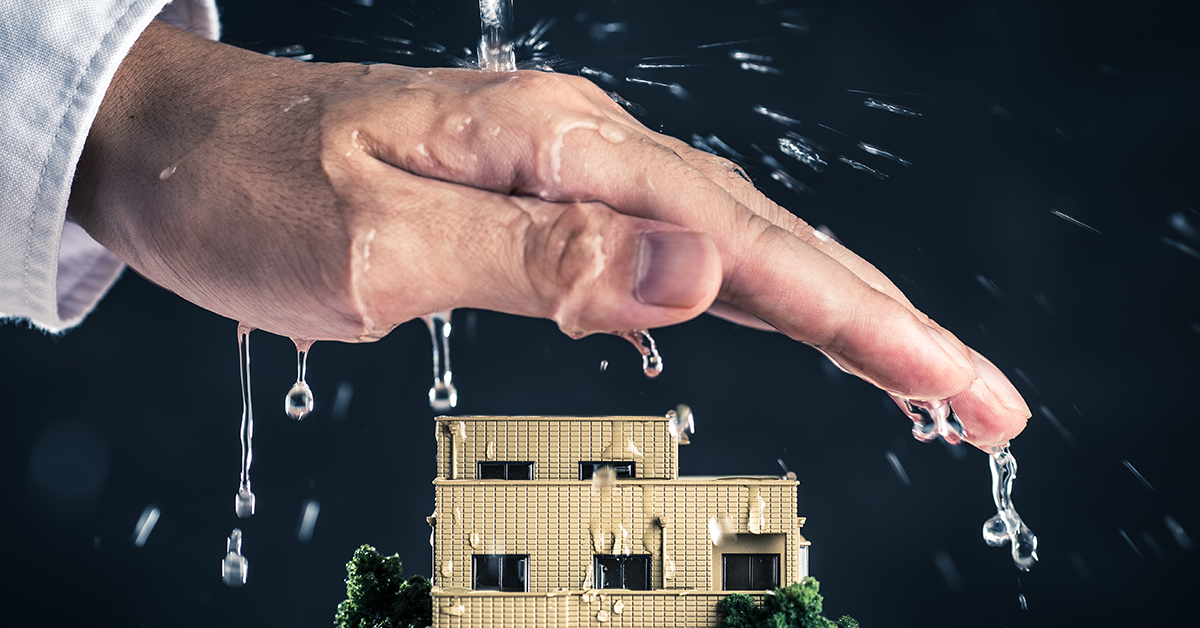Dampness in the wall can be a nuisance. It spoils the paint and aesthetics of the house as well as makes it look old and gloomy. Dampness is also an indication of many things that are plaguing the construction of your house. Water damage can have a direct impact on the very foundation of the house.
While there might be many causes of dampness in walls, one must be prepared to avoid them while building the house. In this blog, we will discuss the causes of dampness in walls and how to spot them.
What Causes Dampness In Walls
One of the major reasons for dampness in walls is due to a lot of moisture in the air and no way for it to escape. Such moisture can be caused due to a number of reasons such as drying the clothes inside of the house, stream generated from cooking, and perspiration while bathing. Also, any plumbing or building problems are causes of dampness in walls as they allow moisture directly inside the house.
If your house has a poor ventilation system, dampness is one of the first major problems you might face. Also, if there is an issue of rising dampness in the basement of the house or the ground floor it can impact the upper floors too. And if you are living in a place with bad weather or moist weather conditions, you will experience dampness sooner than the places with a drier climate.

The dampness of the wall can lead to damp patches, the growth of black mold, and crumbling plaster. Such signs can cause a negative effect on the aesthetics of the house and are very unpleasant to look at. These can also spoil the paint and any paintings hung around the wall. If your house missing a roof tile or in case any of the roof tiles are broken, it leads to seepage of water directly into the house and can cause some serious dampness.
Along with that, if your washing machine or dishwasher is leaky, its consistent use can also cause dampness. Blocked gutters and burst pipe overflows are the major culprits which can cause dampness around the house. Loosely sealed valleys and broken or faulty pipelines are also a reason why you might notice dampness in walls. Such dampness is often noticed first in walls adjacent to those areas where the usage of water is high, such as the kitchen and the bathroom.
Furthermore, dampness in walls can be due to porous bricks along with poor cavity insulation. Thus, cavity problems can also cause dampness in the wall. Since there are a lot of air gaps available, water can easily seep in through such spaces. Seal o prime is the only product that fights dampness, and acts as a superior undercoat for paint for moisture walls.
How To Spot Dampness Of Walls
One of the earliest signs pointing out the dampness of the wall is a kind of musty smell. In order to locate the spot which might be damp you need to look out for any wet patches in the walls or any flooring which appears to be lifting. Carefully examine the walls, floor, and ceiling of the house in order to locate any such issues while they are still in the primary stage.
Along with that, there might be an appearance of mold in the walls or ceiling, deposition of water droplets on the walls, patches which are dark in colour or discoloured might appear on the walls or the plaster, if there is any woodwork in the house – might start to rot and there will be an excessive amount of condensation on the windows.
Salt deposits on walls can be another major indicator of dampness in walls. Dampness arises especially during the winter. However, if left untreated it can an issue all year round. The walls which are damp are colder to touch in comparison to other walls.

While dampness affects your house, it can trigger a lot of health issues too. Water dampness in walls can cause runny nose, throat irritation, wheezing, coughing, eye and skin irritation and in some extreme cases can even trigger asthma. Along with that, one can also have severe allergic reactions when exposed to dampness frequently, and for a long amount of time.
If you want to be certain about the dampness in a house in order to curb it before it causes any significant damage, you can use the damp meter which is a great dampness-in-wall solution. This gadget features two prongs at the base, and in front is fitted with a level indicator. All you need to do is stick the two prongs into the damp area and leave it in for a while. The level indicator which is located in front will then display the level of dampness in the wall. While the back-of-hand technique works just fine, the damp meter gives a more accurate estimate of the dampness.
Contact Us To Treat Dampness In Walls
Are you looking for a waterproofing solution? One of the simplest solutions for wet walls is to use premium-quality paint. Such paint will be able to shield your house acting like a coating and will not shed off easily when dampened. Berger paints deliver one of the highest quality paints in the market which makes your house look beautiful for years to come. We offer techniques with scientific waterproofing as a sure shot treatment for wall dampness.

Conclusion
Dampness in walls can be caused due to many reasons such as leakage, burst pipes, poor quality bricks, the weather, and so on. Such dampness can be found commonly near the kitchen and bathroom. If not treated in time, it can spread to the entire house. Using a damp meter as a solution for wet walls can help you determine the levels of dampness in the house. Waterproof putty is another solution for wet walls.
FAQs
1. Does cavity wall insulation cause dampness?
Yes, more often than not, cavity wall insulation is a cause for dampness in walls.
2. How to clean a house after repairing damp walls?
After 4-6 weeks post damp proofing, use branded water-based emulsion to clean the house.
3. Can moisture in walls be fixed?
Yes, you can do this by improving ventilation, and drainage and repairing any damaged pipes.
4. How do you dry damp walls fast?
Dehumidifiers and moisture absorbers are a great solution to wet walls. They keep the walls dry and get rid of moisture in the room.


 Get in Touch
Get in Touch
